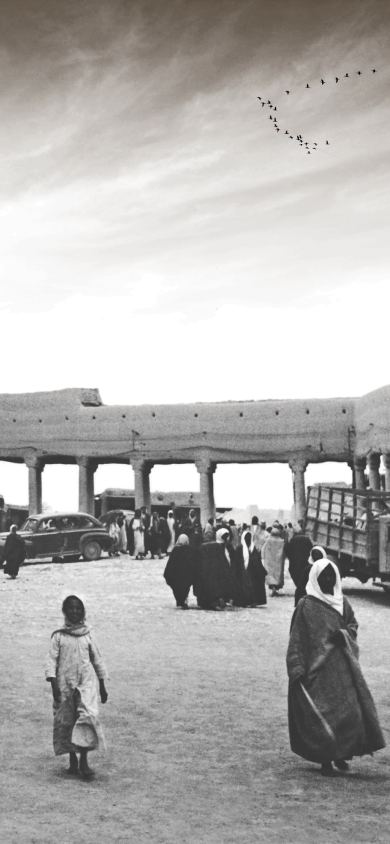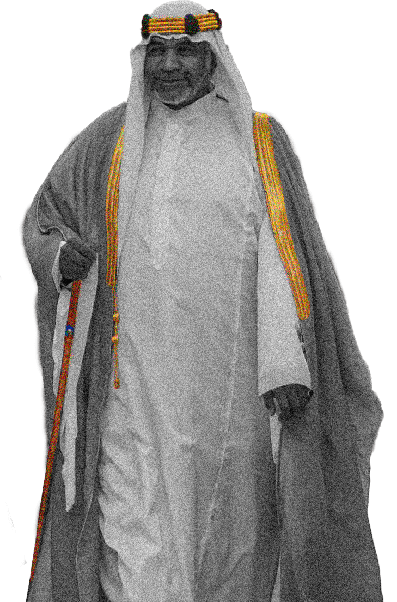
Our beginning was not recent
It goes back to the pre-Islamic era, when the Banu Hanifa tribe arrived in Al-Yamamah at the beginning of the fifth century. They settled in the center of the Arabian Peninsula, where they founded Al- Yamamah, which was based in Al-Aridh region on the banks of Wadi Hanifah in Najd and later became a part of the Prophet's State after the advent of Islam.

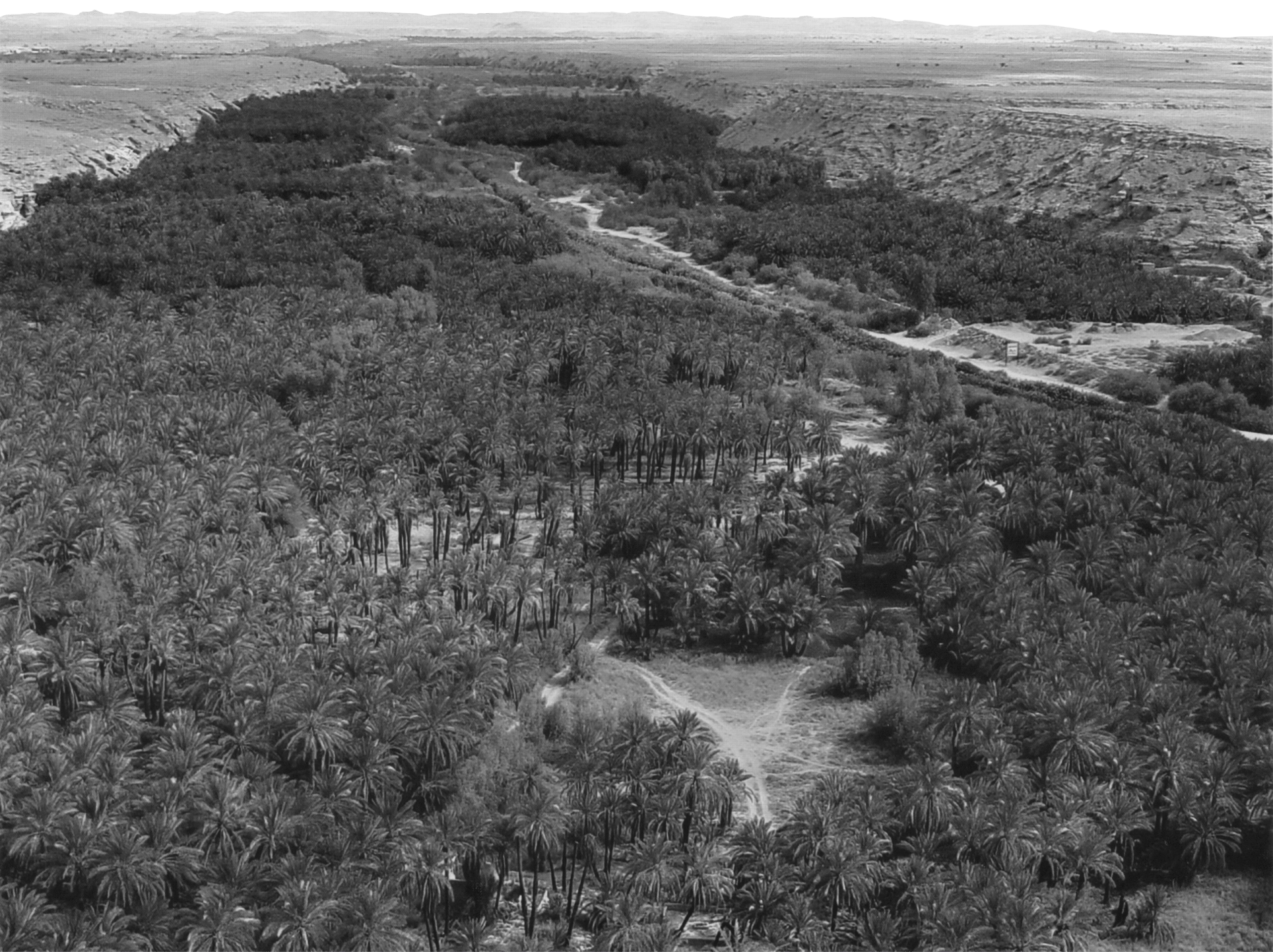





This lasted until the middle of the 9th Hijri century, specifically 1446AH/850 CE, when Prince Mani' ibn Rabi'a al-Muraydi returned to Central Arabia to follow in the footsteps of his ancestors, "Banu Hanifa." The prince's arrival represented the first step to laying the foundation of the first Saudi State when he established the Second town of Diriyah (which merged the neighborhoods of Ghasyba and Al-Mulaybeed) as a city capable of expansion and full of security and stability. It differs from Ad-Diriyah where they had settled, located near Al-Qatif in the Arabian Peninsula's east.
After more than 280 years of successive rule of the Emirate of Diriyah by Mani' al-Muraydi's sons and grandsons, the region was prepared for a new era when Imam Muhammad bin Saud became the ruler of Diriyah in the middle of 1139 AH (February 1727CE). Imam Muhammad transformed Diriyah from a state of weakness and division to unity and political independence, establishing the First Saudi State, with Diriyah as its capital.






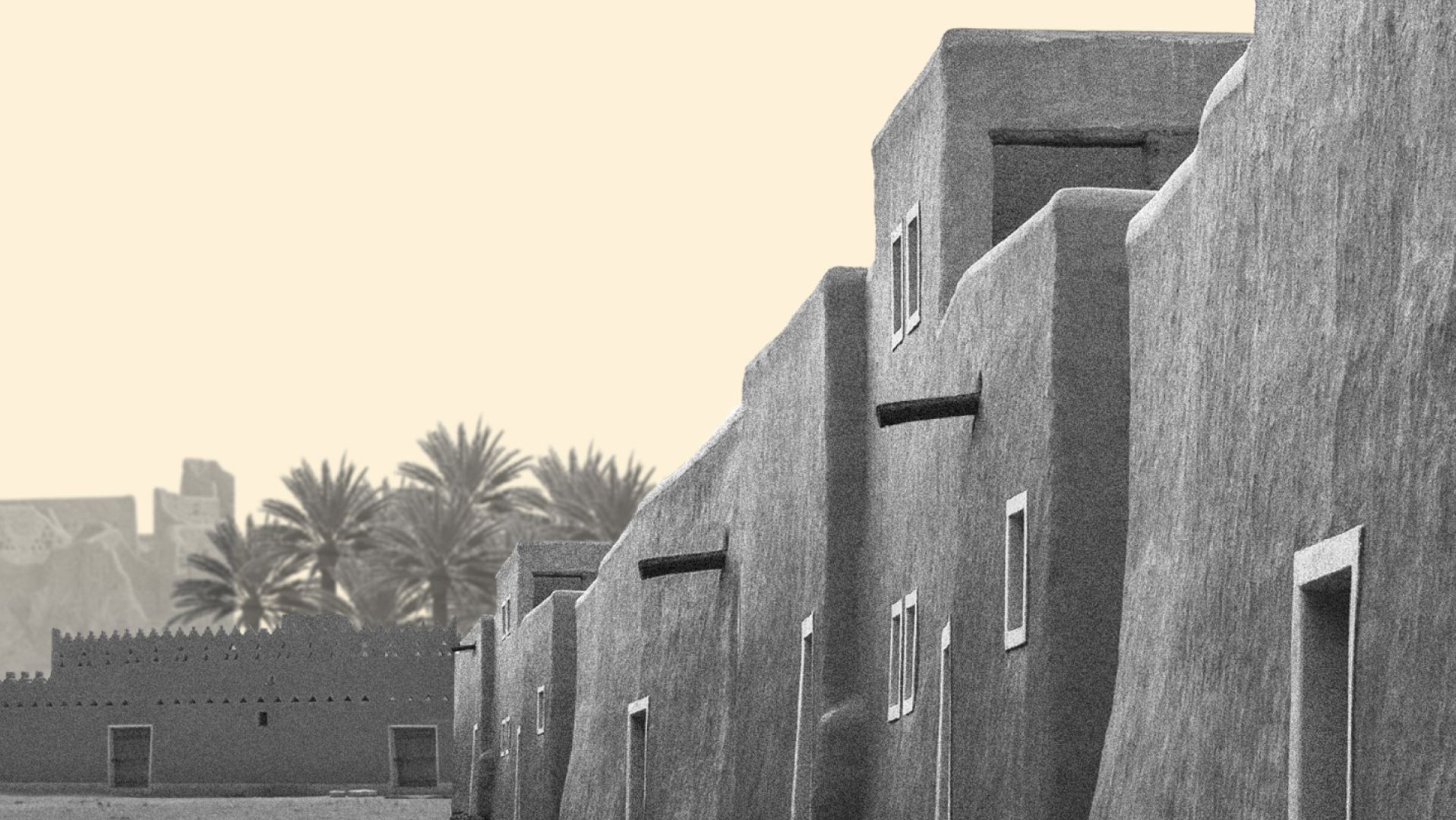

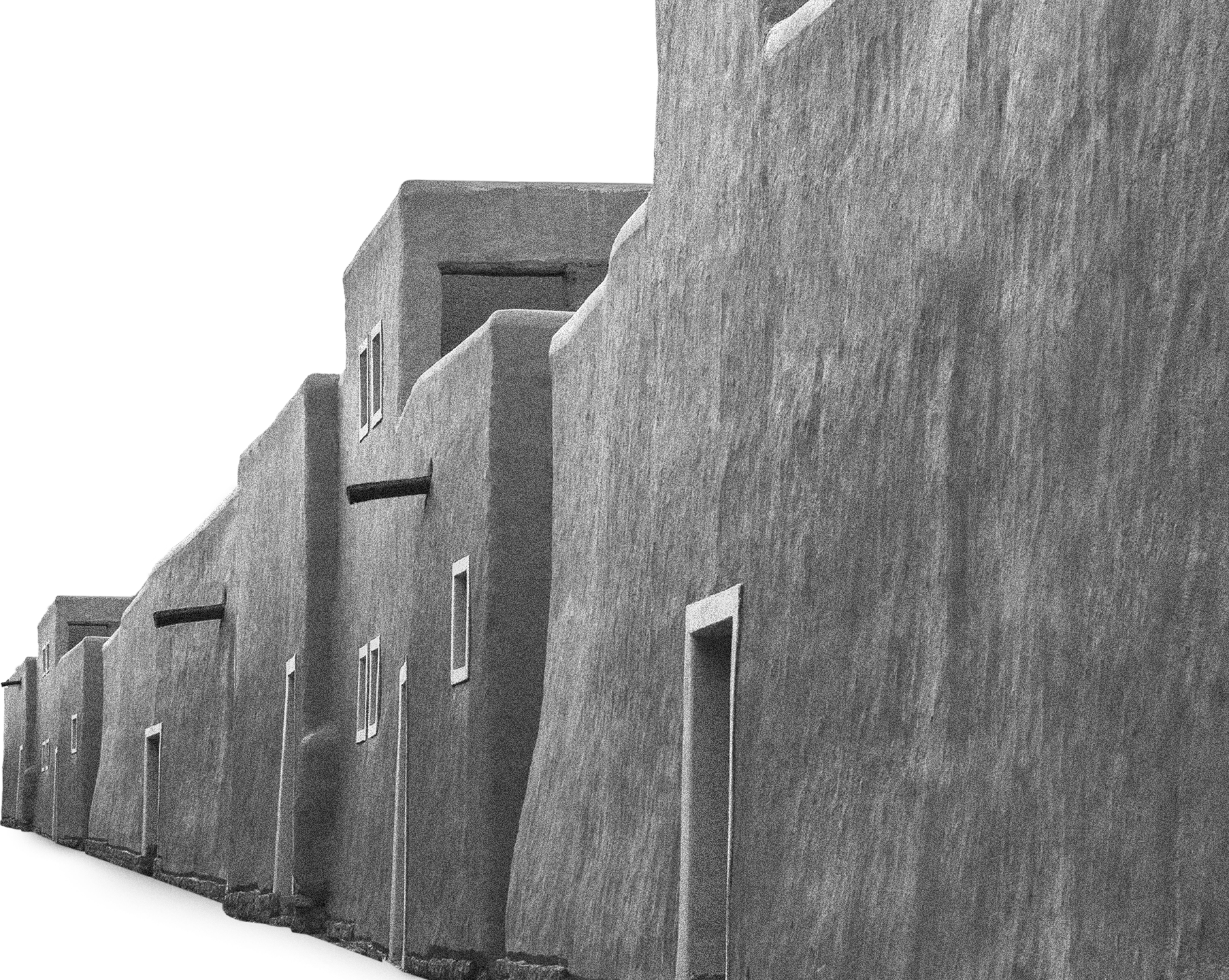
Imam Muhammad bin Saud bin Muhammad bin Muqrin was born and raised in Diriyah in 1679 CE (1090 AH). He witnessed and participated in the events of his father's and grandfather's reigns over Ad Diriyah Emirate, which provided him with governing experience and knowledge of the region's conditions. He achieved his ambition to rule a stable and prosperous state due to his vision and determination.
When Imam Muhammad bin Saud became the ruler of the First Saudi State, he endeavored to bring unity to the region by ensuring peace and within Diriyah and the surrounding towns and tribes and protecting trade and pilgrimage routes. He also regulated and expanded the State's economic affairs and fortified the walls of Diriyah. Following that, the State set out to unify the regions of Najd during the initial phase of the First Saudi State’s unification, which was completed during the reigns of his sons and grandsons.
When Imam Muhammad bin Saud became the ruler of the First Saudi State, he endeavored to bring unity to the region by ensuring peace and within Diriyah and the surrounding towns and tribes and protecting trade and pilgrimage routes. He also regulated and expanded the State's economic affairs and fortified the walls of Diriyah. Following that, the State set out to unify the regions of Najd during the initial phase of the First Saudi State’s unification, which was completed during the reigns of his sons and grandsons.

